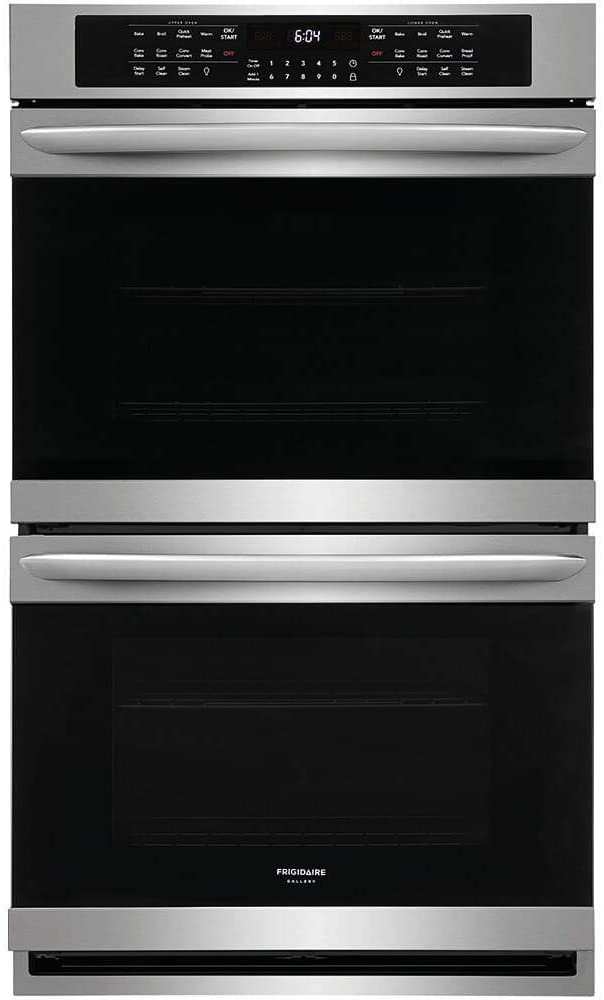
The number of viewers is the most important aspect of TV ratings. A bigger audience will mean more commercials. However, the number of viewers is not a guarantor of the quality of a show. The quality of the presentation and genre of the television program are just a few of the many factors you need to consider when judging it.
Nielsen is a leader in television audience measurement and statistical sampling. Nielsen uses panels of panelists to measure television viewing habits, which includes households. The company gives this information to TV networks and advertisers. For instance, they can determine the best time of day to air a new show. They can also determine how often and how long a show is watched.
Nielsen uses statistical sampling in order to estimate its audience. The Nielsen estimates are not based on a statistical sampling method. Instead, it uses a representative sampling, typically a group of around 20,000 households. Sometimes, special tests are performed to confirm its accuracy.

The number of viewers is an obvious way to get a TV show off the ground. However, it is more important to consider the amount of advertising dollars spent on that show. This is because a network with a higher ratings has a better chance to recoup their investment. Additionally, higher ratings can mean more ad income. Producing a show with a good rating is the best way to get in the door.
A good example is the Big Bang Theory. Although it is a sitcom, it makes a lot of money for its production company, TBS. Other highly successful shows include ABC’s The Office (Fox), Fox's Felicity (Fox) and UPN's Smackdown (UPN).
Notable examples are the NCAA gymnastics championships. These have reached a new peak in viewership. Although this is a modest accomplishment, NBC's Sunday shows are among the most watched prime-time programming for women between 18 and 34. NBC's six-game streak last season saw fewer than 1 million viewers, despite hockey and basketball being so popular.
Television is a very popular medium for entertainment. There are approximately 121 million households in America with TVs. Nielsen reports that 60% of the broadcast audience is female. Women account for more than half the consumer purchases and have more purchasing power. To this end, networks are actively seeking shows that will increase their ratings.

Like any other industry, there is intense competition for viewers. There are actually a few shows which have diverted their audience in the wrong way. These include the Wild-Blues that saw its ratings increase from 0.43 and 0.41. On the other hand, ABC's Hockey Saturday, which has been going on for the past seven seasons, has seen its numbers rise to a record high.